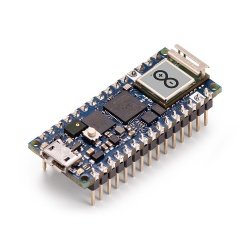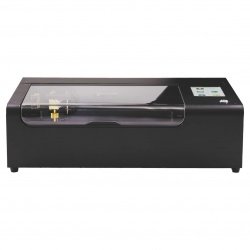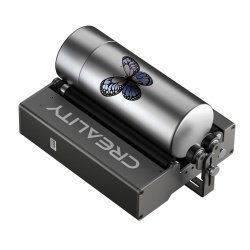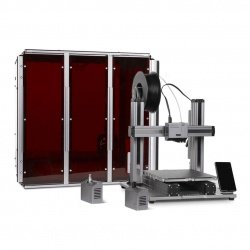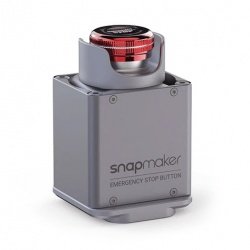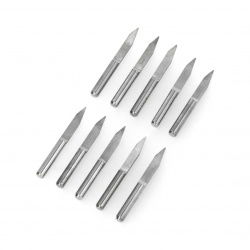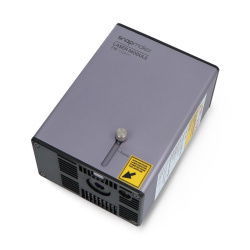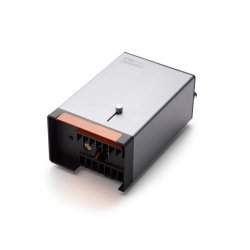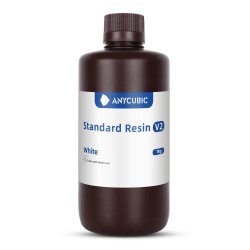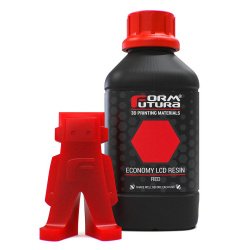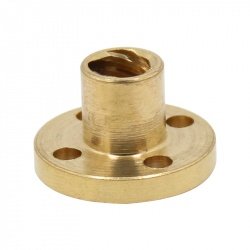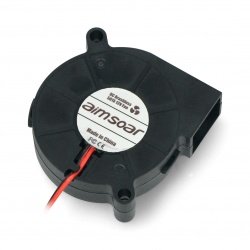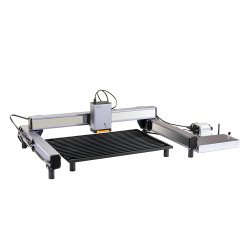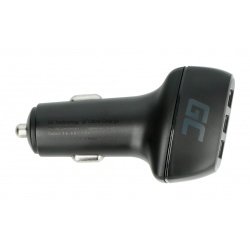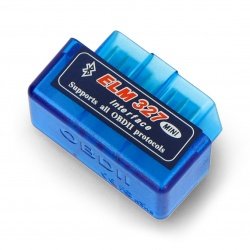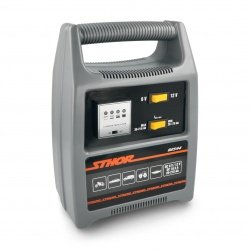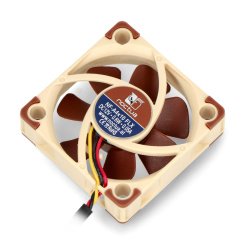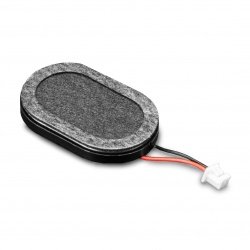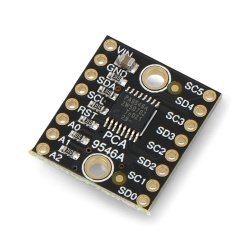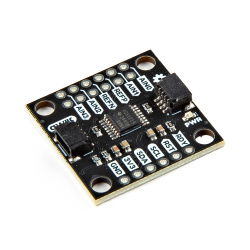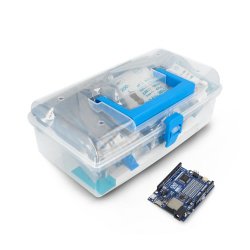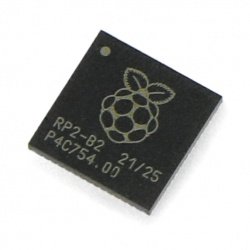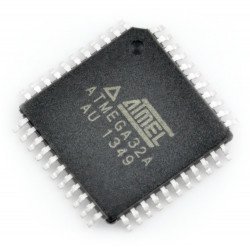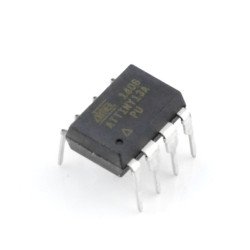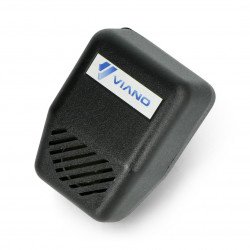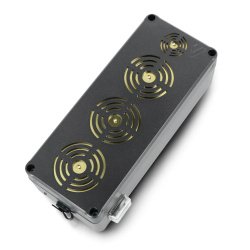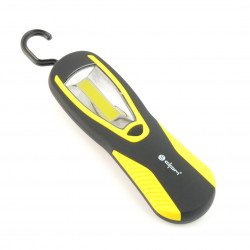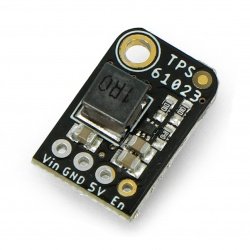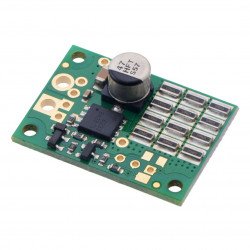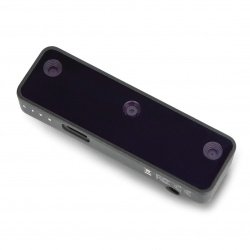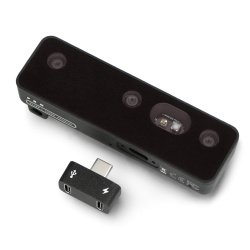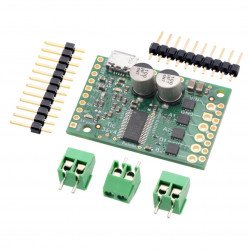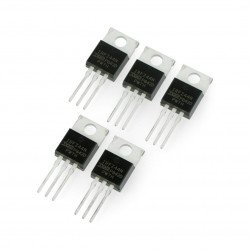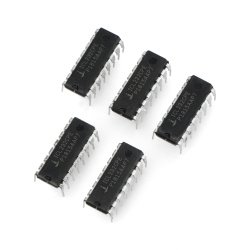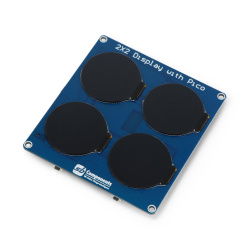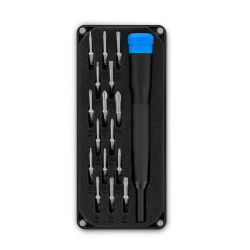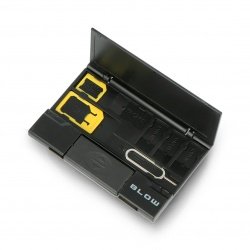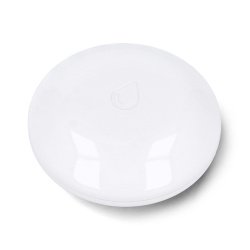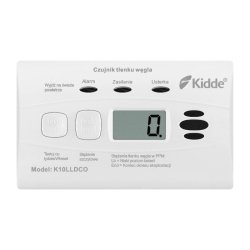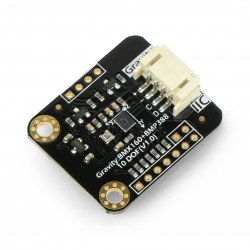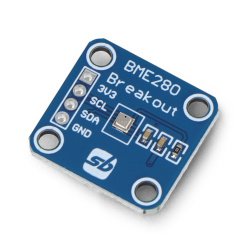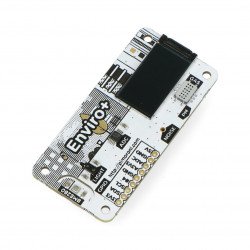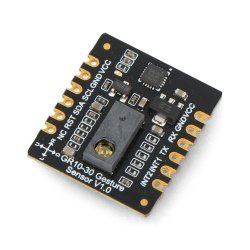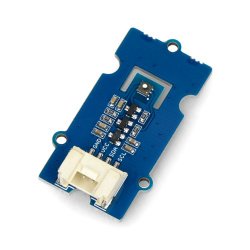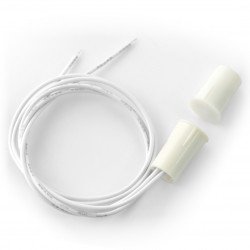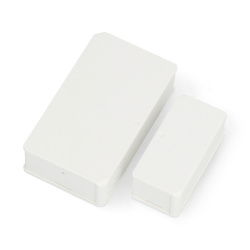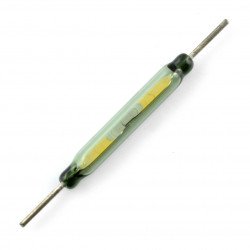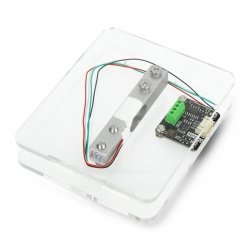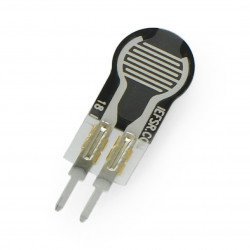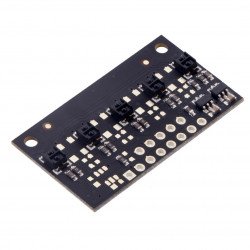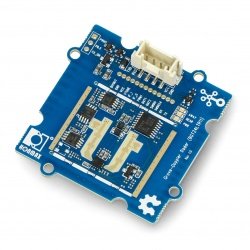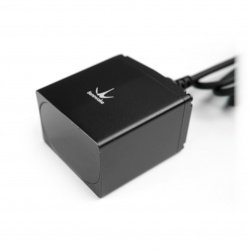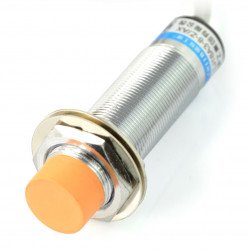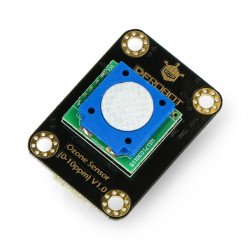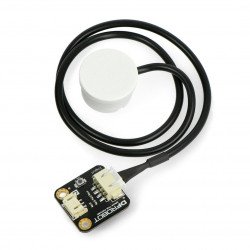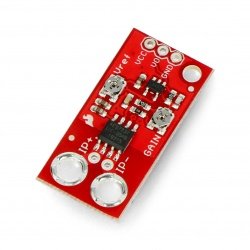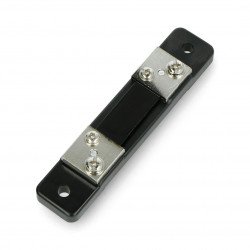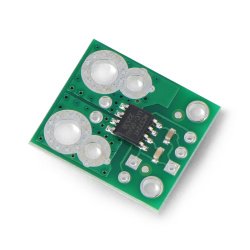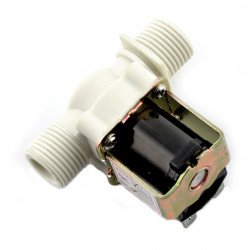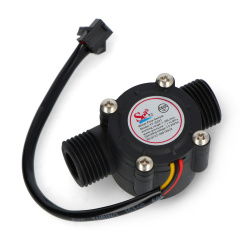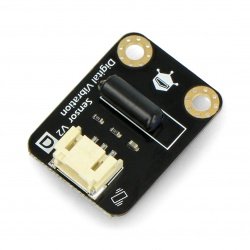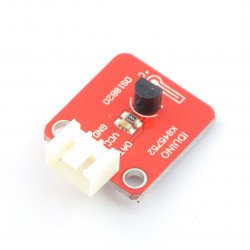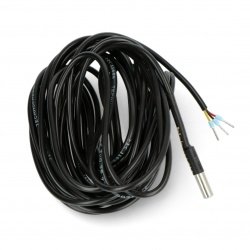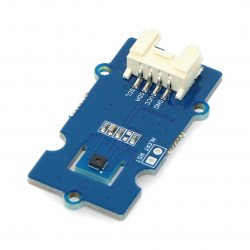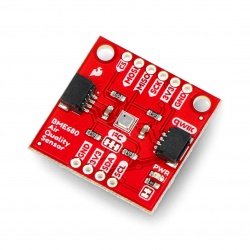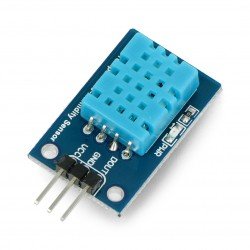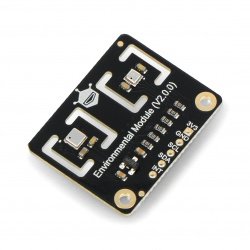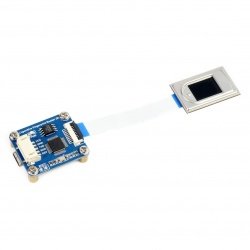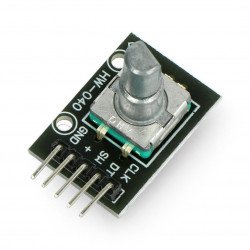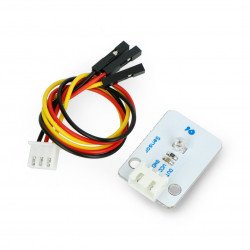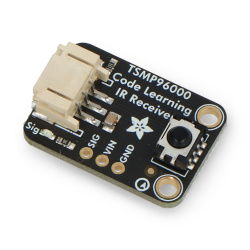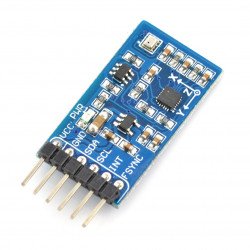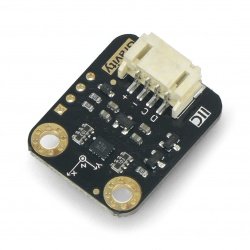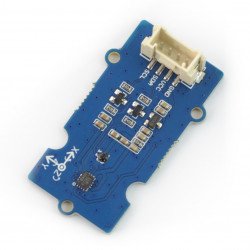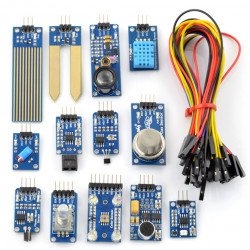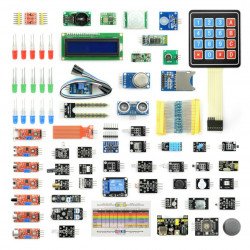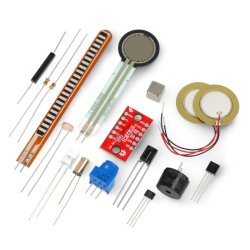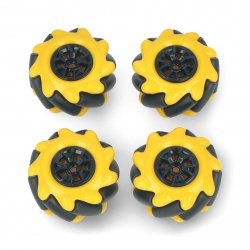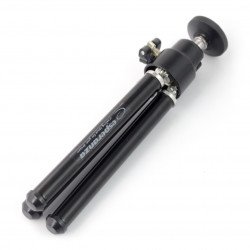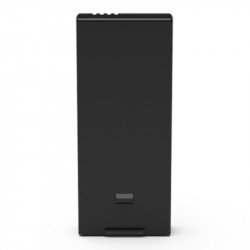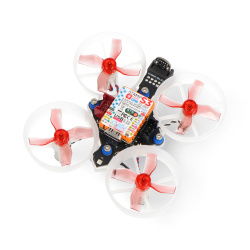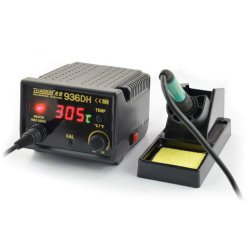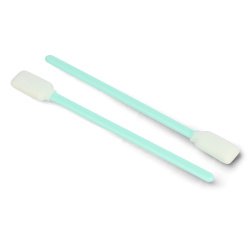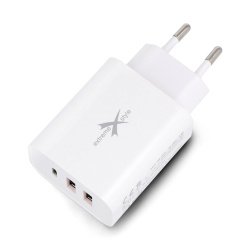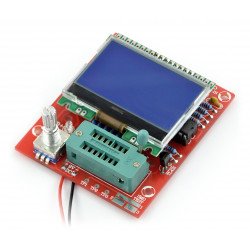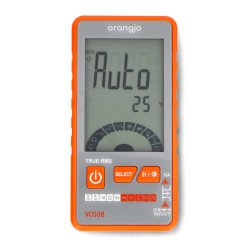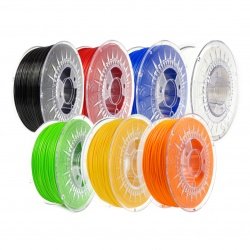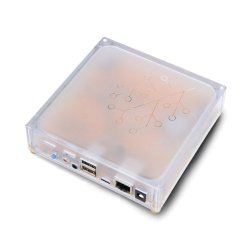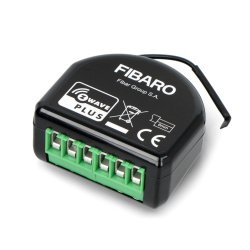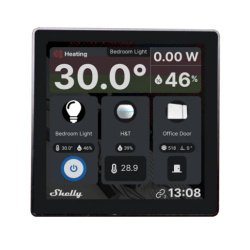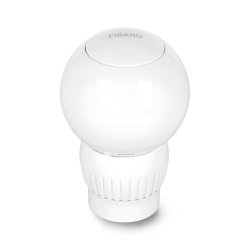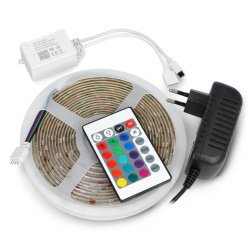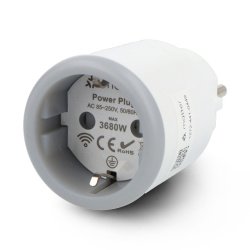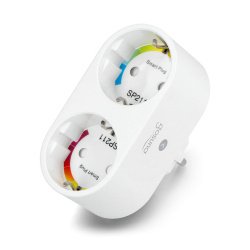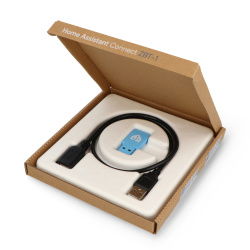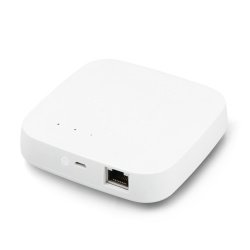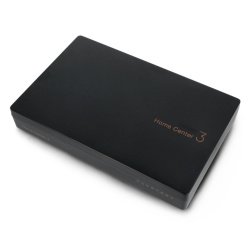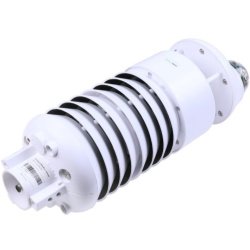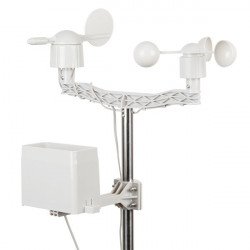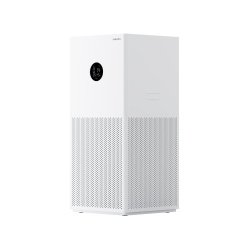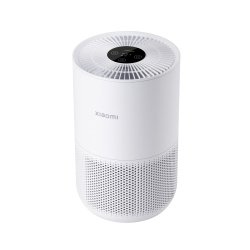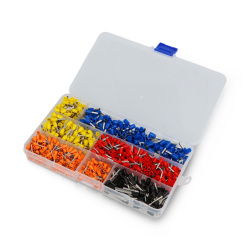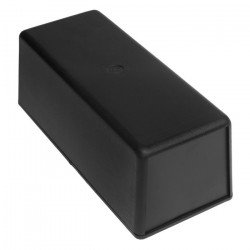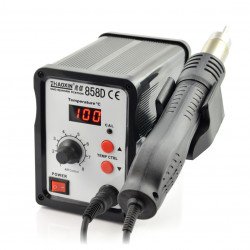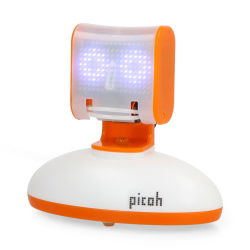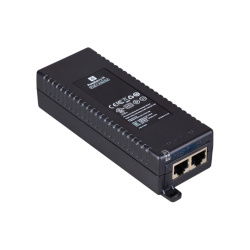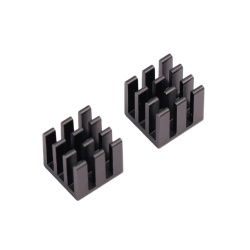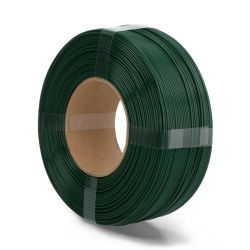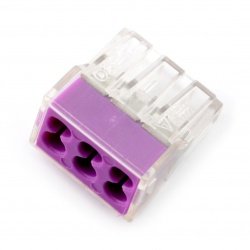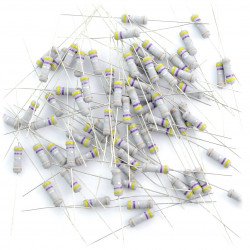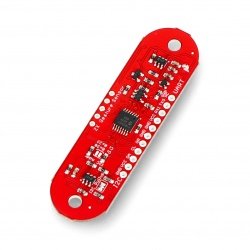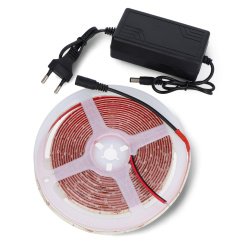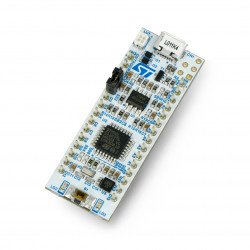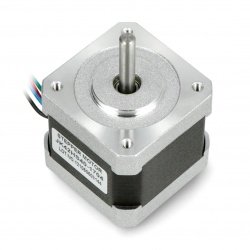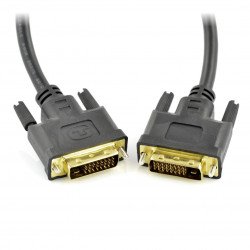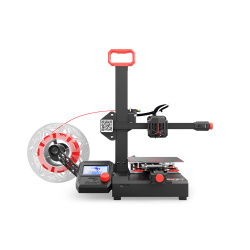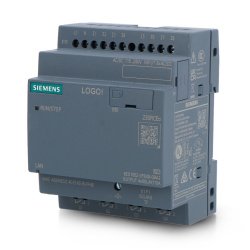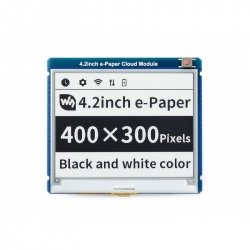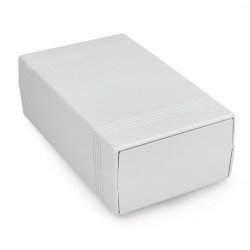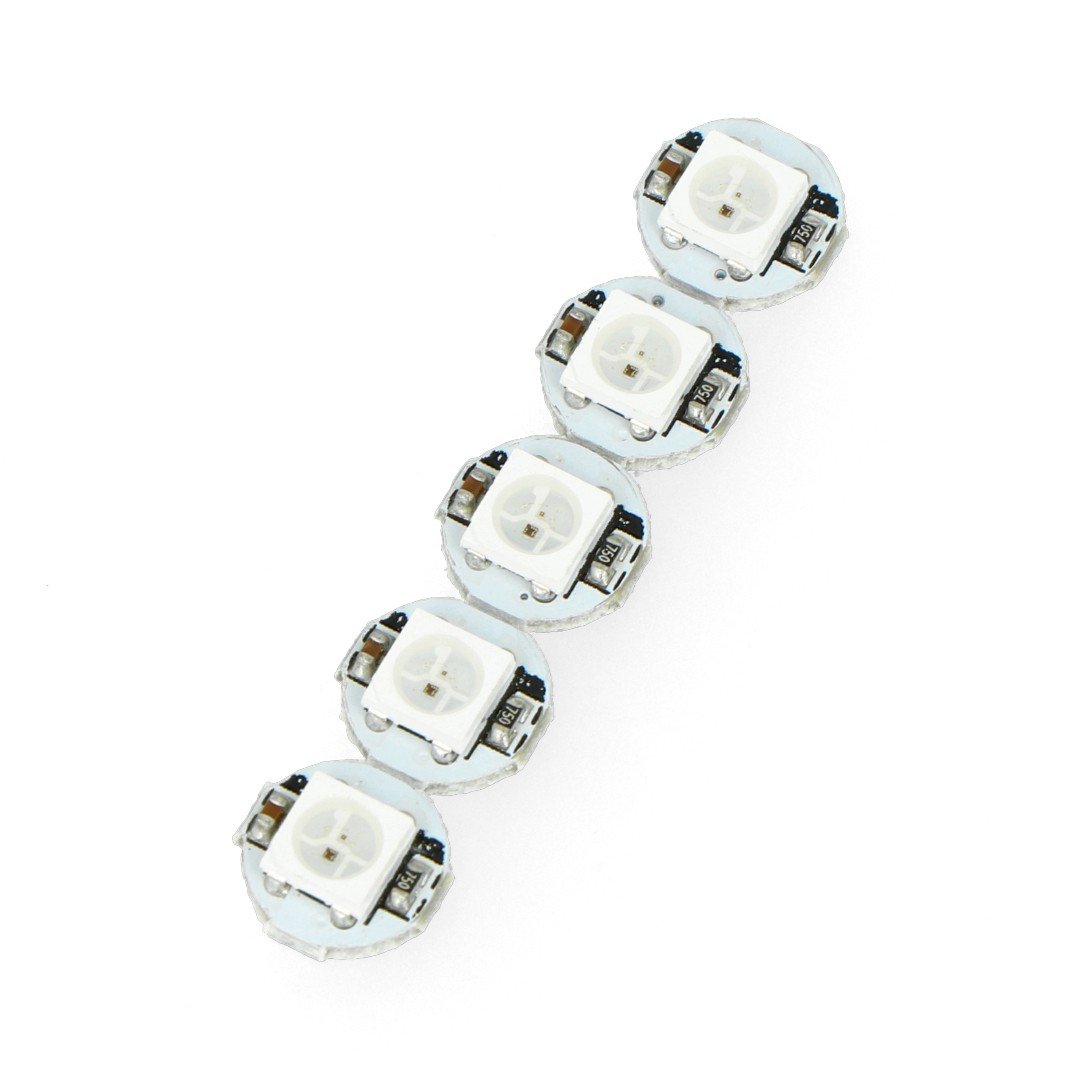|
CATEGORY WITHDRAWN FROM SALE. |
Lornetki obserwacyjne w dobrej cenie
See also
- Esperanza compressed air
- DJI Phantom drones
- Outdoor LED lighting
- Fluorescent filament
- DJI Mavic drones
- Power supplies 12v 10a
- DJI Inspire drones
- Syma drones
- Anet 3D printers
- Zortrax Filaments
- Encoders
- Hexbug toys
- Magnetic balls
- PLA Pro filaments
- Tablets
- Intel modules & kits
- DJI Mavic drones - drones and accessories
- Compressed air to clean the keyboard
- 3D printing pens
- 2D printers and pens
- Intel starter kits
- Android Box Smart TV
- Banana Pi
- Li-Fe batteries
- Intel expansions & hats
- GPS trackers
- Smart ABS filaments
- Resistors SMD 1206
- Books about Raspberry Pi
- Chargers
- Dobot 3D printers
- String bags (zip bags)
- Intel - module accessories
- Refill filaments
- Electrolytic capacitors SMD
- Tantalum capacitors SMD
- Sensors and alarms
- Zortrax 3D printers
- Flexible filaments
- RC cars and models
- Khadas VIM
- Arylic sound modules
- Doorbells and peepholes
- Bluetooth Speakers
- Goofoo 3D printers
- Linear actuators
- Webcams
- LED lighting
- Urbicum 3D printers
- Spare parts
- LED beacons
- ATMAT 3D printers
- Raspberry Pi 2B+
- Makeblock 3D printers
- Transport cases
- Orange Pi
- MakerPi 3D printers
- Silk Filaments
- Satin filaments
- Sparky
- 3D printer Artillery
- Air conditioning and heating
- Gas soldering irons
- LittleBits
- Exta Free - sensors and modules
- Spresense Sony
- Netronix RFID modules
- Rock Pi
- AST lighting drivers
- CubieBoard
- WowWee
- Coolseer home automation
- AMK - automation and control
- Smartwatches
Binoculars for sky observation - image magnification
One of the most important parameters to look for when buying binoculars is their magnification, which is written as a number before the letter "x". If, for example, you are viewing a plane in the sky that is flying 10 km above the ground through binoculars marked 10x, this means that the plane observed through the lenses of the binoculars will appear as if it were 1 km away from you, i.e. 10 times closer to you as the observer.
Binoculars for concerts - objective lens diameter
In order for binoculars to properly fulfill their target role according to the principle of operation, in addition to the eyepiece lenses, its construction includes lenses. The objective lenses are positioned in a straight line relative to the binoculars' ocular lenses. The geometric dimensions, especially the diameter and focal length of the objective lenses, are very important for the quality of the observed image because they determine the amount of light entering the binocular lenses. Therefore, the larger the diameter of the objective lenses, the better the image quality, even in adverse conditions manifested by low light surrounding the object of observation. The diameter of an individual lens of a pair of binoculars is indicated in millimetres by the number placed after the "x". For example, if a binocular is marked 10x50, it can magnify an image 10 times and the diameter of the individual objective lens is 50mm. The optimum ratio of objective lens diameter to objective lens magnification is 5. These binoculars are ideal for observing celestial bodies, animals in forests and clearings, and even at concerts, when you are several tens of metres from the stage.
Binoculars for bird watching - lens coating and its impact on image perception
One particularly important part of the construction of binoculars is the lens coating, which is responsible for reducing the amount of reflected light and increasing the efficiency of the light entering the binoculars. The lens coating is responsible for reducing the amount of reflected light and increasing the efficiency of the light entering the binoculars. Thanks to this, the observed image has a very well set contrast, and all its details are very well visible, without the visible effect of blurring and distortion. Prooptic binoculars offered by Botland store have lens coating made of magnesium fluoride, which provides natural color reproduction and effective elimination of light reflections.
Binocular field of view and exit pupil
The field of view of binoculars refers to the diameter of the area seen through the binocular lenses and is expressed in meters. The larger the field of view, the larger the area you can see. The exit pupil, on the other hand, is the image formed on the eyepiece that the pupil of the human eye can see. This parameter is calculated as the diameter of the lens divided by the magnification of the image in the binoculars.
Waterproof binoculars
Essentially, binoculars are optical instruments designed for outdoor use. For this reason, it is very important that they meet the requirements for resistance to adverse weather conditions and, above all, due to the humidity of the environment. This applies especially to resistance to precipitation. Binoculars that are capable of withstanding highly humid conditions have the "WP" (waterproof) designation in their specifications and can be used even in the most intense rain or snowfall.










